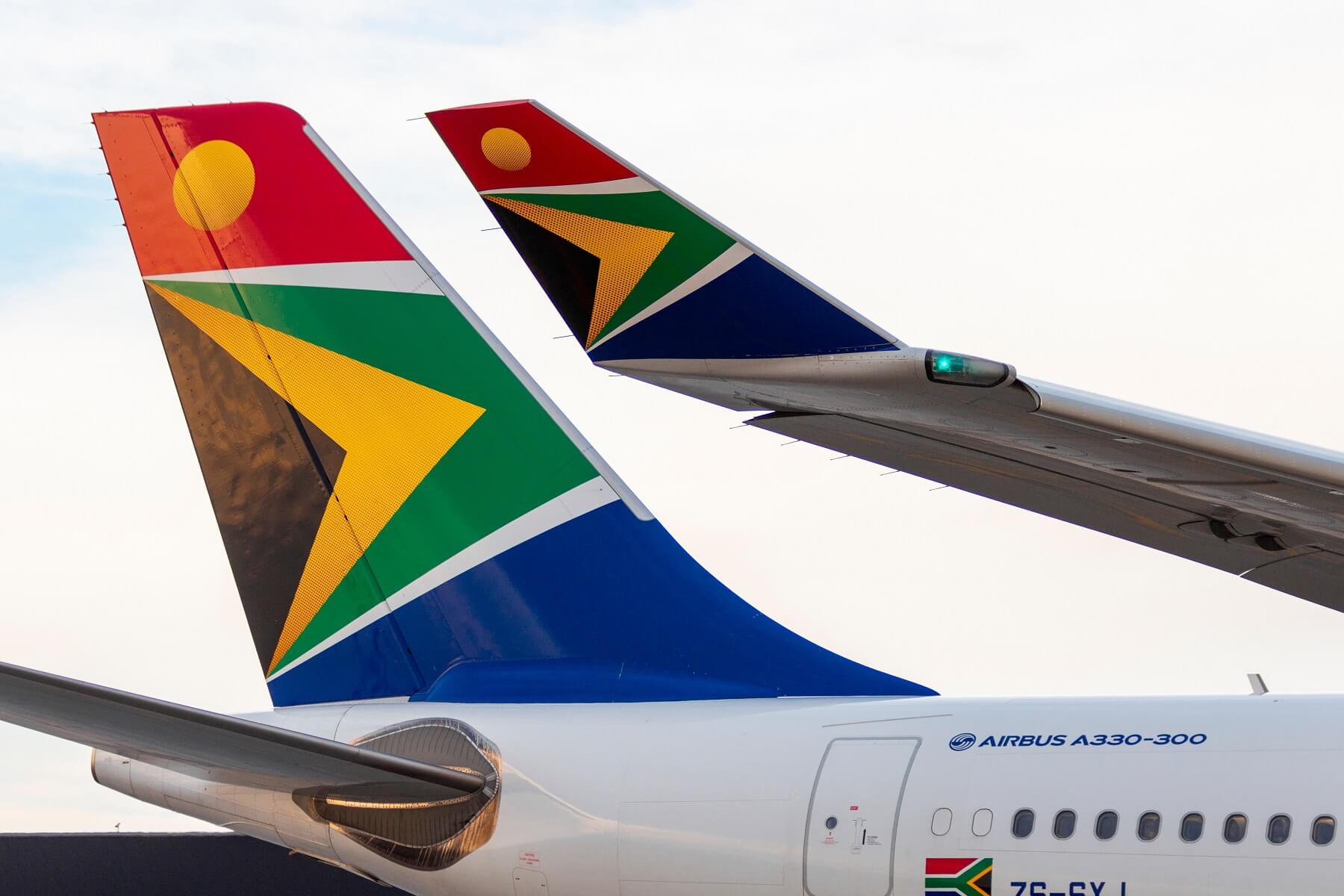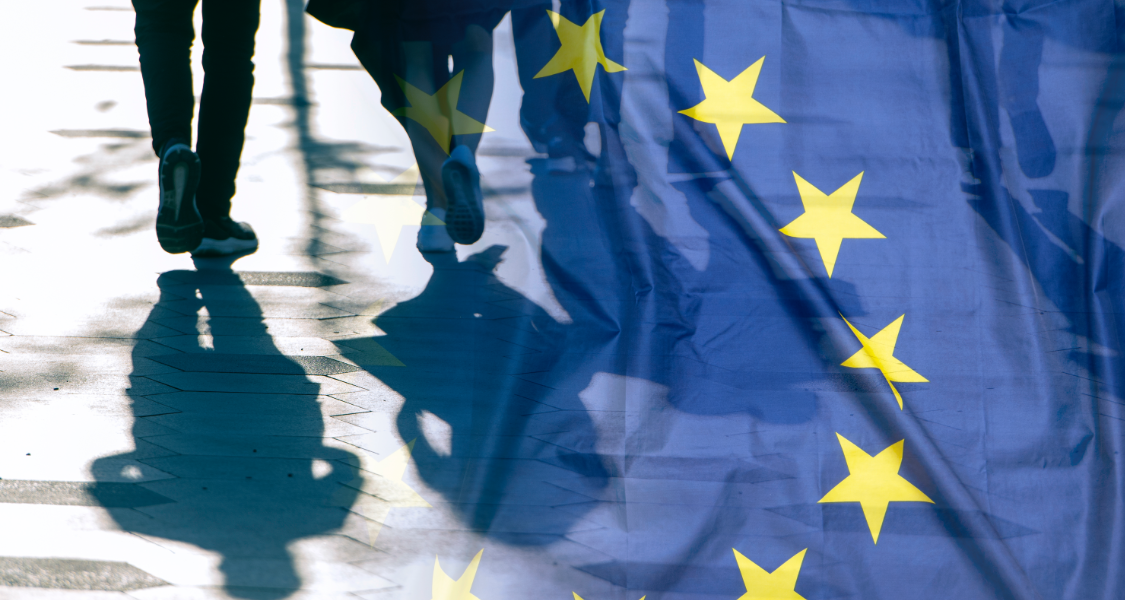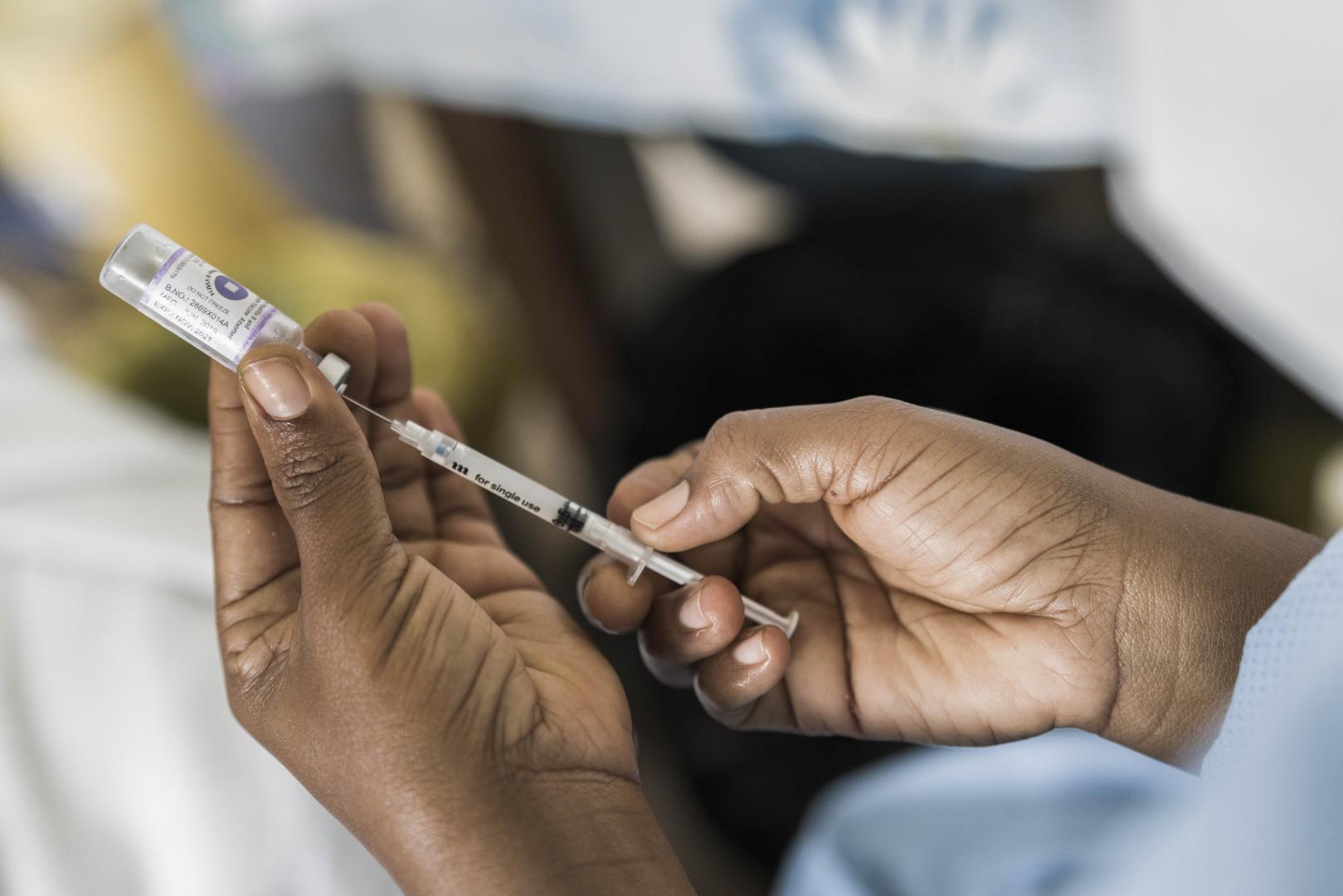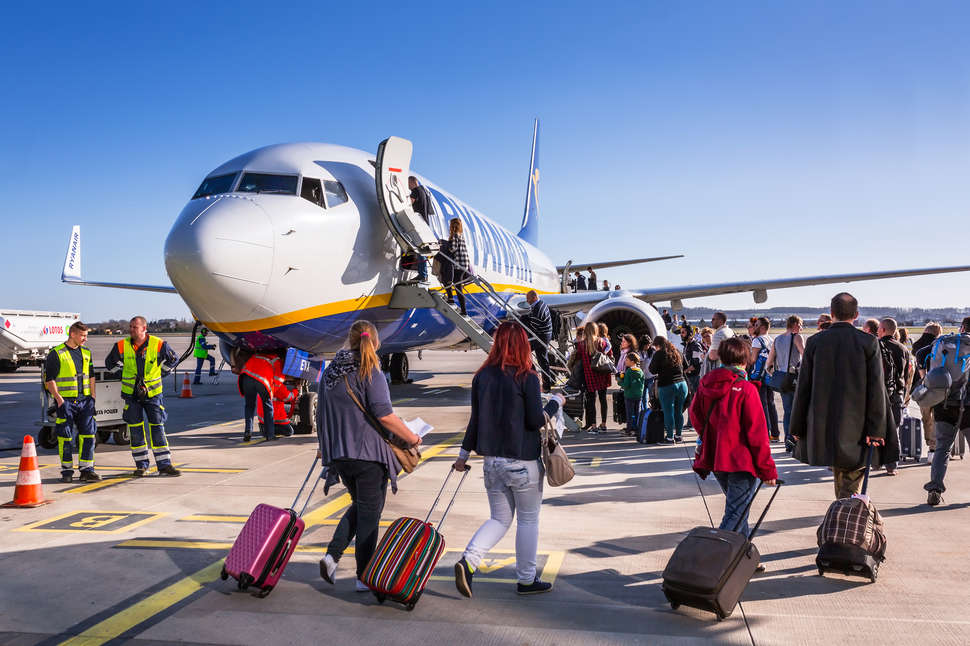More than 23,000 visitors attended the 29th edition of Arabian Travel Market (ATM) 2022, as industry leaders gathered at Dubai World Trade Centre (DWTC) to share insights into the future of international travel and tourism.
“In addition to doubling our visitor numbers year on year, ATM 2022 hosted 1,500 exhibitors and attendees from 150 countries,” commented Danielle Curtis, Exhibition Director ME for Arabian Travel Market. “These figures are especially impressive given that lockdowns are still taking place in China and other destinations. What’s more, the development of the travel and tourism sector throughout the Middle East region shows no signs of abating, with GCC hotel construction contract awards set to rise by 16 percent this year alone.”
The value of UAE and Saudi Arabian projects accounted for 90 percent of all regional hospitality contracts awarded in 2021, according to research from BNC Network. With analysis from Colliers International forecasting that $4.5 billion worth of hotel construction contracts will be awarded in the GCC during 2022, industry experts took to the ATM Global Stage for a panel discussion about the future of the region’s hospitality industry.
Moderated by Paul Clifford, Group Editor – Hospitality at ITP Media Group, the panel discussion featured insights from Christopher Lund, Director – Head of Hotels MENA at Colliers International; Mark Kirby, Head of Hospitality at Emaar Hospitality Group; Tim Cordon, Area Senior Vice President – Middle East and Africa at Radisson Hotel Group; and Judit Toth, Founder and CEO of Vivere Hospitality.
Commenting on the need to attract and retain talent within the Middle East’s hospitality sector, Radisson Hotel Group’s Cordon said: “The organisations that get this right are going to benefit because, of course, we know how expensive it is to bring new people into our business and it’s even more expensive if you lose them. I don’t think you can talk about the future of hospitality without talking about the future of talent.”
Vivere’s Toth pointed out that it was equally important to educate industry professionals on the priorities and mindset of younger employees and guests alike. “[The younger generation] think completely differently. They live in a world of crypto and NFTs. How are they going to be able to bring their ideas and talents into the [hotel] business? And remember, on the other side, your new and future customers are also coming from the same background, with the same motivations and understanding. So, it’s a matter of bringing in new talent that shares common ground with new customers.”
Speaking on the continued importance of nationalisation efforts, Emaar Hospitality Group’s Kirby said: “Emiratisation coexists with how we develop our leadership teams to operate hotels. We focus on leadership at this level to come from within, [drawing on] internal talent. The fact that we’re growing and opening new hotels helps us, because it provides opportunities for our existing team members to move up.”
The four-day live event was inaugurated by His Highness Sheikh Ahmed bin Saeed Al Maktoum, President of Dubai Civil Aviation Authority, Chairman of Dubai Airports, Chairman and Chief Executive of Emirates Airline and Group Chairman of Dubai World. The show’s opening session, which was moderated by CNN’s Eleni Giokos, featured Issam Kazim, Chief Executive Officer, Dubai Corporation for Tourism and Commerce Marketing; Scott Livermore, Chief Economist at Oxford Economics; Jochem-Jan Sleiffer, President – Middle East, Africa and Turkey at Hilton; Bilal Kabbani, Industry Head – Travel and Tourism at Google; and Andrew Brown, Regional Director – Europe, Middle East and Oceania at the World Travel & Tourism Council (WTTC).
The show’s opening day also featured the first session of the ARIVALDubai@ATM forum, during which industry experts explored the role that in-destination experiences are playing in shaping the future of global travel and tourism. Later in the afternoon, ministers from the UAE, Jordan, Jamaica and Botswana took to the ATM Global Stage to discuss the importance of investment, technology and inclusivity in driving Middle East tourism forward, as part of the International Tourism & Investment Conference (ITIC) Ministerial Roundtable.
The second day of ATM 2022 saw senior representatives from Air Arabia and Etihad Aviation Group join JLS Consulting’s John Strickland on the ATM Global Stage for a discussion about efficiency and sustainability within the aviation sector. Later in the afternoon, D/A’s Paul Kelly offered his perspective on how to connect with the Arabic travel audience more effectively. At the end of day two, video-sharing platform ‘Welcome to the World’ secured up to $500,000 of investment after winning the inaugural ATM Draper-Aladdin Startup Competition on the ATM Travel Tech Stage.
Day three of ATM featured sessions focused on what guests really want, sports tourism, hospitality tech trends, dining experiences, metaverse-based travel services, the role of influencers and more. The Global Business Travel Association (GBTA) also hosted two panel discussions on the third day, shining a spotlight on sustainability and long-term trends within the business travel segment.
As part of the conference agenda for the fourth and final day of ATM 2022, representatives from Atlas, Wego Middle East and Alibaba Cloud MEA took to the ATM Travel Tech Stage to explore how data is changing airline retailing. Panellists shared insights into how to build data-led organisations, and why companies that successfully harness travel data today will be most likely to succeed in the longer term.
The morning sessions included a session hosted by WTM Responsible Tourism, on the ATM Global Stage, focusing on how the latest innovations can be used to promote responsible technology for travel and tourism. Concluding this year’s edition of ATM, afternoon sessions included a discussion about the return and rise of city tourism.
The final day of the live event also included the announcement of ATM 2022’s ‘Best Stand Design’ and ‘People’s Choice Award’, which were presented to SAUDIA for its futuristic and striking concept. Other stands awarded for their creativity included the Department of Culture and Tourism – Abu Dhabi, Jumeirah International, Ishraq International and TBS/Vbooking.
“ATM 2022 has provided a timely opportunity for the global travel and tourism sector to gather in Dubai and explore the future of our industry. Innovation, sustainability, technology and talent acquisition and retention will be crucial to its long-term success,” concluded Curtis.
Following the success of the hybrid approach adopted for last year’s edition, the live, in-person component of ATM 2022 will be followed by the third instalment of ATM Virtual, which will take place next week from Tuesday 17 to Wednesday 18 May.
Source: Breaking Travel News










